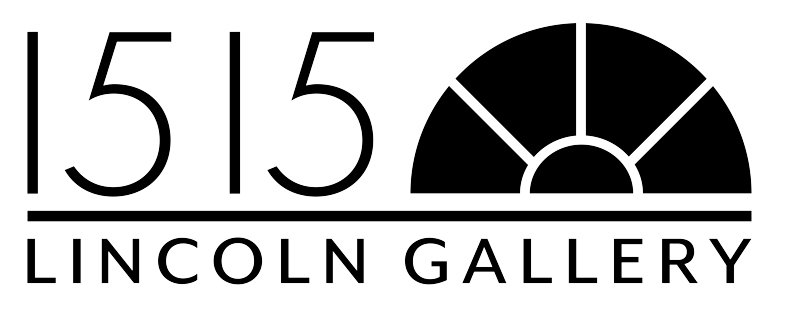Artistic Values
Visiting 1515 Lincoln Gallery, you will find a diverse art display on the walls or on pedestals. Art objects displayed in galleries or museums are often the most familiar images one thinks of when considering their relationship with the visual arts. I cherish galleries and museums, but the displayed objects tell only a small part of the artist's story. A lifetime of creativity goes into every artwork, and its value is more wide-reaching than any singular work of art. American philosopher John Dewey accurately said, "Art is not the possession of the few who are recognized writers, painters, musicians; it is the authentic expression of any and all individuality."
Considering the artistic creations of young children, we universally admire and celebrate every image they create. Many parents display toddlers' drawings on their refrigerators, and children sing, dance, and draw long before they can speak. Watching their creative play shows how innate creativity is in every human being – we are born with the need to express our creativity, which is vital to our humanity. With the encouragement of their artistic expression, children develop confidence, critical thinking, and problem-solving abilities.
Artistic expression is also beneficial for the health of children and adults alike. Art has proven an effective therapeutic tool for reducing depression and anxiety. Art therapy can help people process difficult emotions, improving conditions from PTSD to Alzheimer's. Research illuminates how artistic expression fosters empathy and enhances one's ability to work with others. With young people, the tangible benefits include better school attendance, doubled student volunteering, and a 20% increase in voting for young adults.
Creative expression also helps build stronger relationships and healthier communities through public art, gallery/museum exhibitions, and local music, dance, or theater productions. These shared experiences gather individuals from different backgrounds and create opportunities for connection. Visual and performing arts are universal languages that break down barriers and encourage relationships built on understanding and respect.
When I think about the importance of creativity and the role of the artist/designer in society, I see the impact everywhere. A creative person and a team of individuals designed the architecture of my city, the furniture in my home, my dinnerware and utensils, the apps on my phone, and the clothes I wear.
Surrounding ourselves with art, creativity, and beauty impacts our quality of life. In a previous blog, Valuing Art, art appraiser Scott Hale explained how everyone collects art in some way: "Whether we acquire paintings, tattoos, concert tickets, or rocks from the ground, each item connects us to a moment, a place, or a person that beautifies our life. Most people do not realize they are collectors, but everything we keep is reminiscent of our unique existence."
Creativity and the arts also shape our society as a vehicle for idea generation. As such, art has substantial economic and commercial value. A study by the US Government, Arts and Cultural Industries represent 4.4% of the national GDP (just over $1 trillion), and a study by Americans for the Arts indicates Oklahoma's Arts and Culture Sector makes up 2.4% of the state's GDP and contributes a significant $4.2 billion annually to the state economy.
Beyond financial benefits, Oklahoma arts organizations provide many vital services for the state. One of the most valuable organizations is Oklahoma Educational Television Authority (OETA), the state's PBS station and America's most-watched public broadcast network. For over 67 years, OETA has brought free programming for education, news, and entertainment to homes across Oklahoma, including Emmy-award-winning Gallery America. This legislative session, OETA was in danger of being shut down by Oklahoma Governor Stitt, who recently vetoed a bill to continue funding the station. Fortunately, the Oklahoma legislature overrode the veto, and funding was restored, but it was a concerning few weeks for Oklahomans.
History has shown our communities suffer when we close or decrease support of public outlets promoting creativity and artistic expression. Open communication has always been the cornerstone of an independent society, a thriving economy, and vibrant communities. Art is one of the most important ways we communicate, encouraging people to grow and look differently at the world around them. Exposure to viewpoints different from our own can be uncomfortable or challenging, but it also holds the potential to create healthy and thoughtful discussions. When we limit artistic expression, we lose the opportunity to find common ground and build bridges toward progress.
Creativity connects all elements of our society, defining our culture and shaping our futures. The arts never fail to touch our collective humanity as we experience the world through the creative spark of another.

